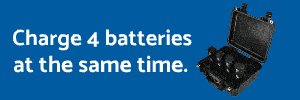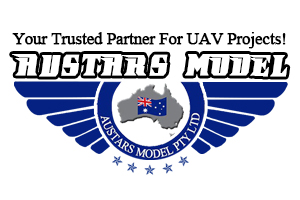I agree flight training, and performance evaluation should be mandatory, and may be in the future.
However I think you are kind of doing an overkill on you training requirements.
I got my private in less than 40 hrs, soloed in 7 hrs so lets be real, there is no rocket science to flying these things and most here are self taught. I have logged several thousand hours in various aircraft but drones is a whole new world an the guys that have been playing with RC aircraft for years adapt to it quicker than us fixed wing or helo pilots.
You make a good point by requiring proficiency in the ATTi mode because autonomous flight makes for lazy pilots, both in drones and commercial aircraft. I personally like flying in the ATTi mode because it helps me keep my situational awareness, and is more fun. To me letting go of the controller and watching the thing stop in the air and hover waiting for you.
The other side of it functions like mapping just couldn't be done without autonomous capabilities.
I'm aware of the requirements for Part 61 Private Pilot's certification. And to clarify, my recommendation of 50 hours (plus or minus) was a ballpark figure for solo practice to achieve manual proficiency (not a recommended amount of dual instruction.)
But, getting back to the 40 hours you mentioned - that, as you pointed out, earned you private privileges, not commercial (and that, you will recall, required at least 210 more hours to acquire.) Autonomous flight doesn't make for lazy pilots; it doesn't make pilots at all. It makes programmers who, if the "autonomous" gives out, may find themselves watching helplessly as their bird departs VLOS. We, as commercial pilots (as professional pilots), should be proficient enough to control the aircraft even without an autopilot (especially if we ever hope to gain full access, as equals, to the NAS) - skilled enough, perhaps, to still offer our clients specialized, high-end services even after AI has rendered as obsolete those who can only fly a program.
Let's be real? OK. No, there is no rocket science to flying these things (conventional manned aircraft or sUAS.) But "overkill" training requirements have made aviation far safer than, say, driving a car. All predictions indicate that the National Airspace is going to get a lot more crowded - and at a phenomenal rate - over the next few years. So, I would bet on Commercial sUAS Remote Pilot training aligning itself (or, more precisely, being aligned by the FAA) with traditional pilot training, rather than the automotive/self-taught model.
I'm not sure what you meant to say in the sentence ending with "...hover waiting for you." Is it missing something?
Same thing, I'm afraid, with the last paragraph. Did you mean to suggest that mapping can't be done without autonomous capabilities? If that wasn't what you meant to suggest I apologize for the confusion. But if it was what you were suggesting I would certainly disagree.






